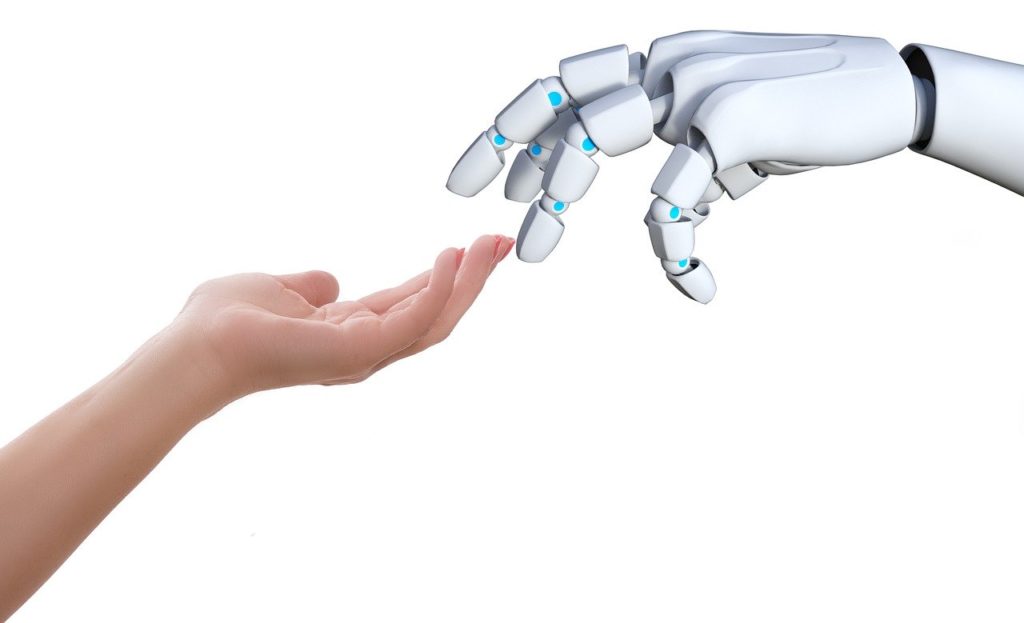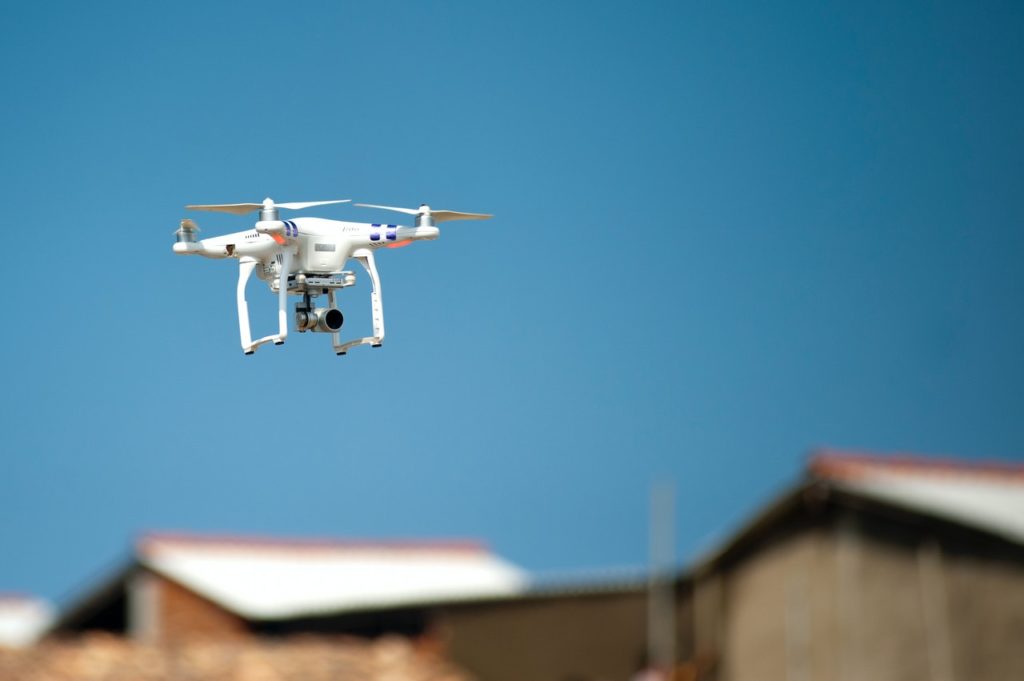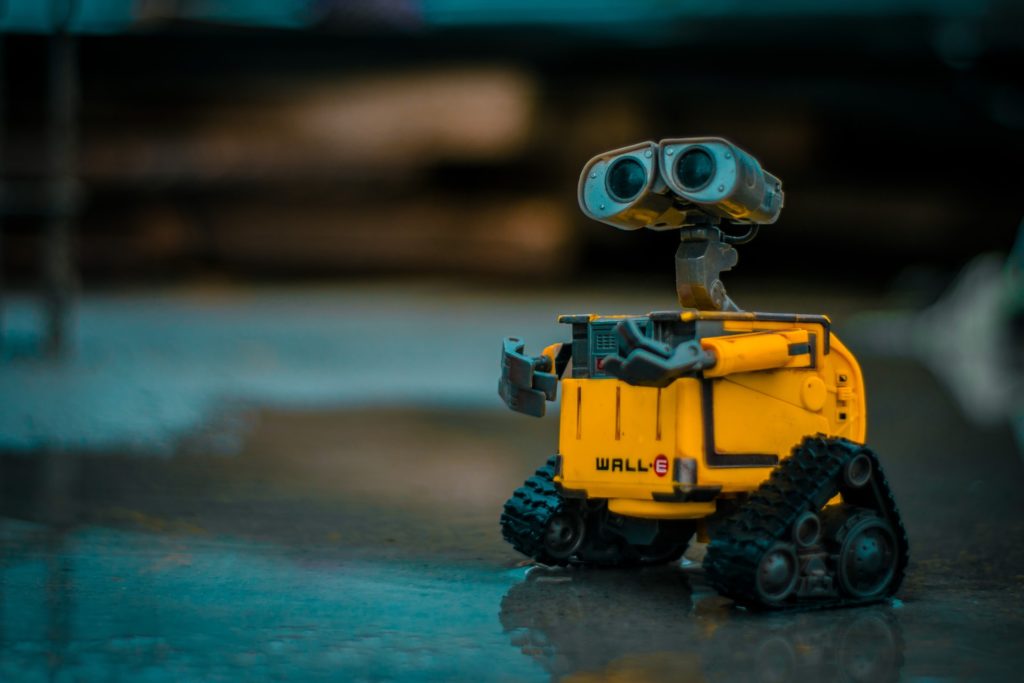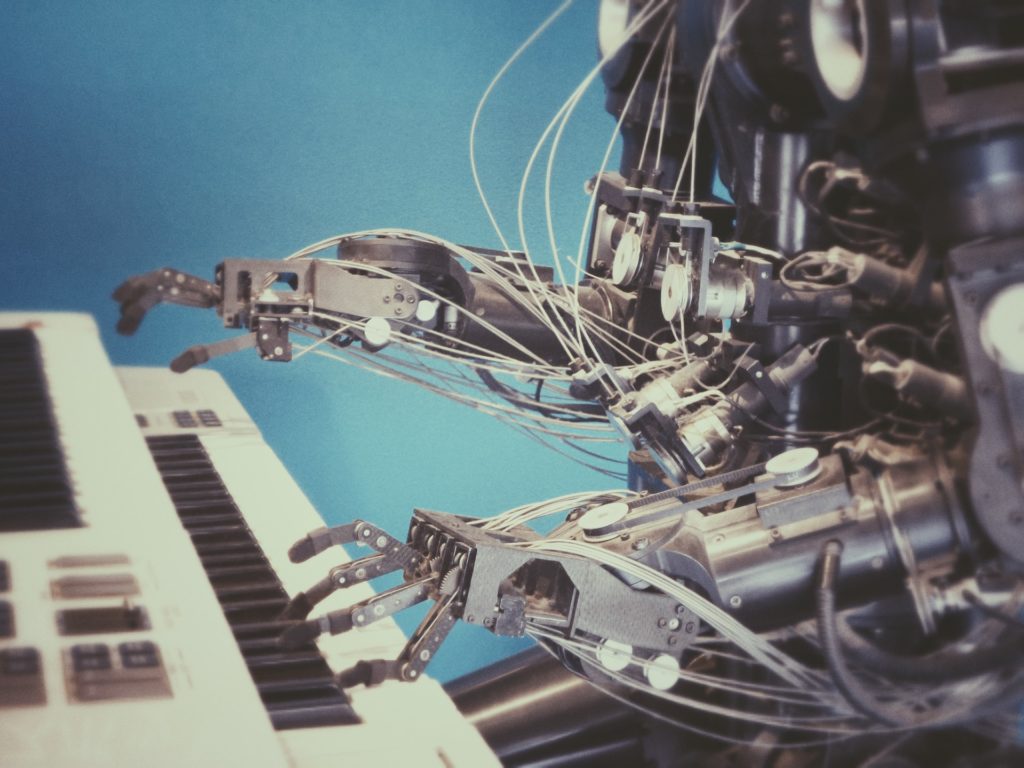It’s Humans against Robots! No… wait… It’s actually just Mechanical vs Robotics Engineering.
First, if you’re looking to launch your own blog and start writing articles yourself, no matter what the subject, you can launch your blog with Bluehost for just $3.95/month.
Start creating content and launch your blog with Bluehost.
Mechanical Engineering
Mechanical engineering is the utilization of problem solving strategies and engineering fundamentals from the creation of a product all the way to the marketplace. Mechanical engineers critique their work using the principles of energy, and force motion, ensuring that designs perform efficiently, reliably and safely, all at an affordable price.
Mechanical engineers make a huge impact in the world today. That is because mechanical engineering careers center on creating technologies to meet human needs. Virtually every service or product in modern life has been touched in some sort of way by a mechanical engineer to help the human race.
The responsibilities of a mechanical engineer include creating future solutions to today’s problems in energy, healthcare, world hunger, transportation, climate change, space exploration, and more. They are ingrained in many innovations and challenges across many fields, this means mechanical engineering education is very versatile.
Mechanical engineers must meet broad demands, and to do this they may design a component, a system, and machine, or a process. This ranges from the micro to the macro, from the smallest components like light switches and sensors to the larger systems like satellites and cars.
Anything that has to be manufactured, (yes anything!) with moving parts needs the expertise of a mechanical engineer applied to it.
Robotics Engineering
Robotics is an interdisciplinary branch of engineering and science that includes electronic engineering, mechanical engineering, information engineering, computer science, and others. Robotics engineering involves construction, design, operation, and utilization of robots, as well as the use of computer systems for their perception, sensory feedback, control and information processing. The aim of robotics is to design intelligent machines that can assist and aid people in their everyday lives and keep everyone healthy and safe.

Robotics creates machines so they can replace humans and copy their actions. Robots can be used in many different scenarios and for lots of reasons, but nowadays a lot are used in dangerous situations (including the inspecting radioactive materials, deactivating and detecting bombs), the manufacturing industry, or where people cannot live (for example in space, in extreme heat, underwater, and containment and cleanup of hazardous radiation and materials).
Robots could be made to take on any shape but most of them are made to look like humans in their appearance, for the most part. This is done to help people accept robots in certain behaviors normally performed by humans. Such robots attempt to replicate lifting, walking, cognition, speech, or any other human activity. Many of today’s robots are inspired by nature, contributing to the field of bio-inspired robotics.
Mechanical vs Robotics Engineering Careers
Mechanical Engineering
Mechanical engineers design, build, test, and modify mechanical devices such as engines, machines, and tools. It is considered the broadest engineering discipline, where mechanical engineers work in research facilities, engineering services, the federal government, and manufacturing industries.
Mechanical engineers test and create different types of equipment and machines and also oversee the installation of machinery, plus resolve problems once the system is up and running. They are known to be technologically minded, mechanical engineers also use CAD (Computer Aided Design) software packages like AutoCAD, Revit, Inventor and Fusion 360, to create blueprints that specify technical requirements for their projects. They also work on evaluating and testing designs and also re-designing and upgrading systems.

In 2017, mechanical engineers earned $85,880 on average, according to the Bureau of Labor Statistics (BLS). For those working on an hourly basis, mechanical engineers earn $41.29 per hour in 2017.
The lowest 10% of mechanical engineers earned less than $55,310, and the highest 10% earned more than $133,900 (per year). The industries with the highest average salaries were development services and scientific research – $98,530, electronic and computer product manufacturing – $91,440, and engineering, architectural, and related services – $89,180.
The Bureau of Labor Statistics (BLS) estimates a good hiring outlook for mechanical engineers and is projecting jobs to increase by 4% between 2018 and 2028, which is just below the average for all other professions in the US. There will be the most job opportunities for those who stay up-to-date of the most modern advances in technology, like to the widespread use of Computer Aided Design. Engineering service and consulting companies will have faster than average growth as businesses outsource some engineering projects.
Robotics Engineering
Robotics engineers design, maintain and develop new applications for robots, while also conducting research to expand the possibilities of robotics. This is a rapidly evolving discipline, with computing advances consistently creating new applications for robotics.
Manufacturing was the first industry to really invest in the robotics field, and it is still the main employer in the industry, however in recent years we have seen a quick increase in engineering and research in robotics for applications like as mining, nuclear power plant maintenance, agriculture and a vast amount of other industries.
This occupations presents jobs for a wide range of personalities. Robotics engineers can be employed designing experimental mobile robots, with uses ranging from medical jobs and military applications, to designs intended to at create vehicles that are able to drive themselves on other planets.

Some jobs that are a little more run-of-the-mill include creating new robots for production lines, most that feature programmable arms, and improving and testing all of the installations on the production line. In the middle of these somewhat extreme cases are engineers producing and designing robots for evolving but established industries, like automated nuclear safety equipment and self piloting crop harvesters.
Robotics engineers have to have the same eye for detail that is required in either mechanical vs robotics engineering, but the field does carry a novelty factor that will be utilized in a vast range of new ventures. Engineers will be looking to see which needs robots can successfully fill, and if these engineers can work efficiently in project teams while creating great designs, they will be very successful in their field.
Mechanical vs Robotics Engineering Education
Mechanical Engineering
Requirements for engineering school include a high school diploma with a full array of science and math courses, plus computer studies and humanities. Preparation in high school should include trigonometry, algebra, geometry and calculus, plus chemistry, physics and biology. Many employers prefer a bachelors degree in mechanical engineering for entry-level mechanical engineering jobs.
For a bachelors degree, a student will take classes in math, science, humanities, social sciences and engineering in the first two years, and then specialized modules for the last 2/3 years. The curriculum also includes basics of other engineering disciplines, such as electrical, civil and chemical. Normal subjects include thermodynamics, calculus, physics, fluid dynamics and dynamics, laboratory sections and statics. Many of the engineering degrees out there also have internships included in them.
Students that may be leaning towards research and development jobs in academia/private industry may further their education and obtain a masters or doctoral degree in mechanical engineering. Graduate degrees in mechanical engineering generally include research projects in a specialized area, with a thesis being submitted at the end on that specific subject. Engineering schools typically have an accreditation from the Accreditation Board for Engineering and Technology (ABET).
Robotics Engineering
Robotics engineers must have at the very least bachelors degrees for a job at an entry level in the industry, the Bureau of Labor Statistics (BLS) states. They generally have mechanical engineering degrees or related engineering fields, however qualifications in mathematics and physical science might also set robotics engineers for the working world.
Design classes and laboratory work are often standard parts of engineering programs. Some schools do offer undergraduate degrees in robotics engineering, which will teach students how to apply mechanics and math to create automated machines. To apply for more advanced positions, such as in research or management, teaching, a graduate degree will be essential.
Fundamental courses in robotics involve the principles of sensor control systems that control multiple sensors, signal processing and sensors themselves. These programs generally involve robotic manipulation, robotics platforms and the mechanics involved in the manipulation of robots. Programming robots and planning robot activities using real time operator controls and programmable data controllers also make up a big part of the curriculum. Other skills can be learned by engineers on platforms like LinkedIn Learning, where certifications can be obtained in any field, and its free for the first 30 days!
The coursework also focuses on creating computational models of robotic motion and objects, in order to program autonomous and semi-autonomous robots. Other programs teach how to utilize multiple systems on one robot, and using more than one robots to carry out a sequence of functions.

Mechanical vs Robotics Engineering Job Description
Mechanical Engineer
Mechanical engineers provide efficient solutions to the development of products and processes, ranging from small component designs to extremely large plants, vehicles or machinery. They work on all stages of a product, from research and development to design and manufacture, through to installation and final commissioning.
Most industries do rely on a form of mechanical systems, and mechanical engineering is thought to be one of the most diverse overall engineering disciplines. Due to this, there are employment opportunities across several sectors for mechanical engineers.
Job responsibilities of a mechanical engineer include:
- Develop and use new materials and technologies
- Manage projects using engineering principles and techniques
- Plan and design new production processes
- Recommend modifications following prototype test results
- Work with other professionals outside or within the engineering sector
- Develop, test and evaluate theoretical designs
Robotics Engineer
Robotics engineers are employed in flexible automation, also known as robotics science. A lot of robots are known as manipulators, machines that are created to perform tasks in place of a human. Other robots operate as walking machines/tele-operators, guided by remote controls or they can use sensory manipulators to guide them. Microprocessors (tiny computers) guide nearly all robots when they are performing their functions.
Robotics engineers are tasked with for building and designing robots that are safe and productive to use as well as affordable to buy and maintain. These engineers avail of CAD (Computer Aided Design) and drafting, and CAM (Computer Aided Manufacturing). Robotics research engineers design robotic systems and research methods to manufacture them economically.

Job responsibilities of a robotics engineer include:
- Calibrating systems for maximum effectiveness
- Recording/keeping accurate documentation and records
- Programming complex robotics systems
- Reading, writing, analyzing, and interpreting technical procedures and schematics
- Researching, developing and testing robotic components and systems
- Troubleshooting robotics applications and systems
Thank you very much for being here – we appreciate you taking the time to read our content. If you have anything to add, please feel free to leave a comment down below, and sign up to our newsletter for more of the same!
You can also follow us on LinkedIn, Facebook, Twitter, and Instagram so you can stay up to date.



